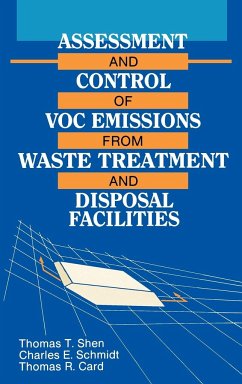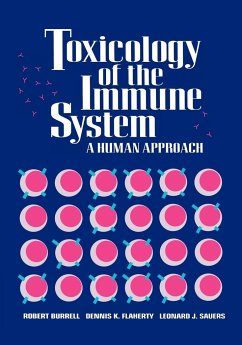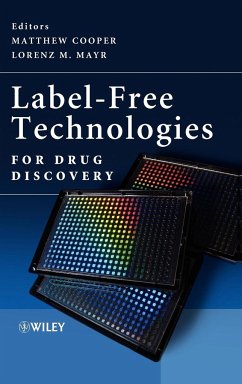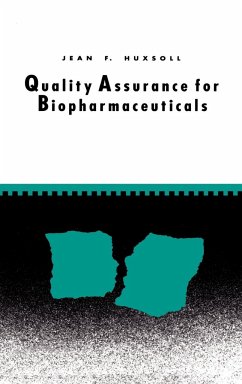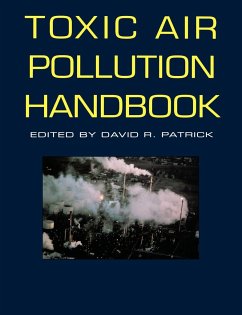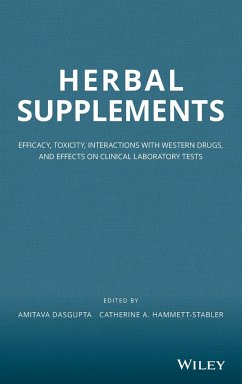
Risk Assessment and Risk Management for the Chemical Process Industry
Versandkostenfrei!
Versandfertig in über 4 Wochen
201,99 €
inkl. MwSt.

PAYBACK Punkte
101 °P sammeln!
The tragic incident at Bhopal, India made it clear that safety reviews for identification and control of accidents involving toxic chemicals must be more systematic. This guide shows how to integrate hazard identification, risk assessment, consequence analysis, and risk mitigation into a formalized program for handling hazardous chemicals. Most of the 21 contributors are senior staff members at Stone & Webster Engineering Corporation. They discuss how to perform and supervise safety studies for chemical, petrochemical, petroleum refining, and other facilities. They discuss all aspects of detec...
The tragic incident at Bhopal, India made it clear that safety reviews for identification and control of accidents involving toxic chemicals must be more systematic. This guide shows how to integrate hazard identification, risk assessment, consequence analysis, and risk mitigation into a formalized program for handling hazardous chemicals. Most of the 21 contributors are senior staff members at Stone & Webster Engineering Corporation. They discuss how to perform and supervise safety studies for chemical, petrochemical, petroleum refining, and other facilities. They discuss all aspects of detection, prevention, and mitigation of risks associated with processing, handling, and production of hazardous chemicals. Special attention is given to hazard identification and hazard assessment techniques ranging from simple screening checklists to highly structured Hazard and Operability (HAZOP) analysis. You're shown how to calculate potential consequences of identified hazards, quantify the likelihood of these events, and combine equipment failure rate data and human reliability analysis with hazard assessment. You'll also benefit from the book's rundowns of how to * apply expert systems and artificial intelligence in risk management * instill safety-oriented operating and maintenance procedures * train operators and emergency response personnel * conduct internal and external safety audits * perform chemical dispersion, explosion, and fire analyses * assess health effects from chemical releases * use insurance vehicles to deal with residual risk. Risk Assessment and Risk Management for the Chemical Process Industry is an essential source on minimizing the dangers of toxic incidents and accidents. It is essential reading for safety engineers, regulatory managers, environmental engineers, and other professionals responsible for safety in chemical plants.





